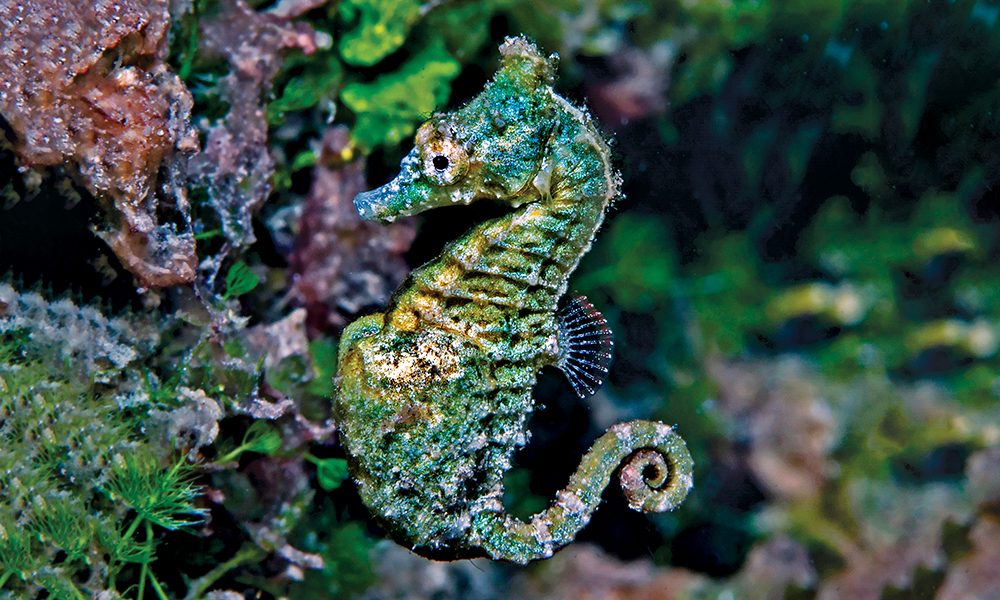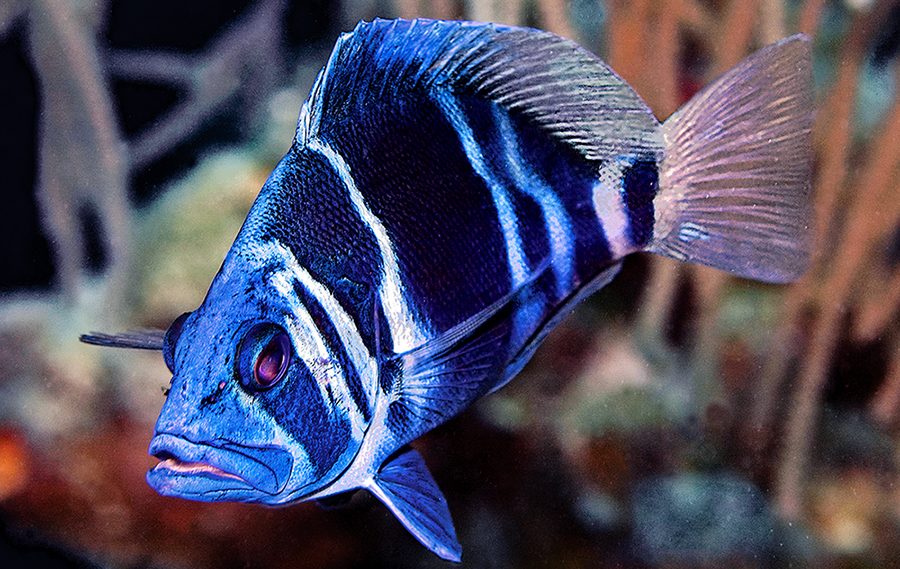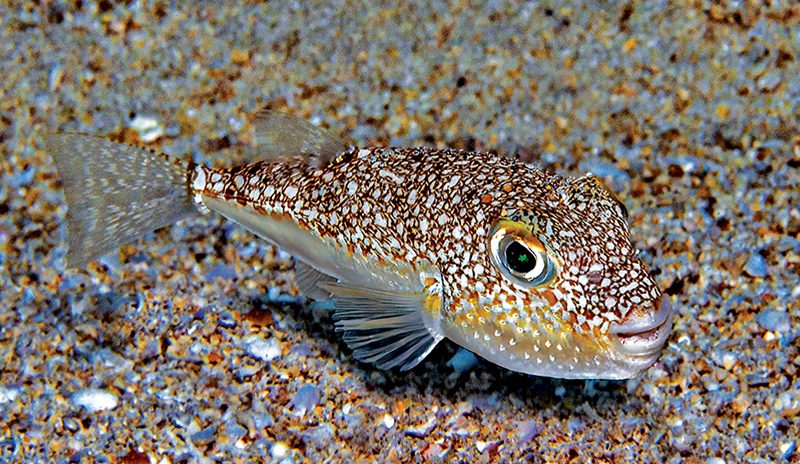It Takes Only One Good Fish
OUR RECENT UNDERWATER ADVENTURE began with a fanciful quest to track down an inconspicuous little fish no larger than a nickel … the seldom-seen dwarf seahorse (Hippocampus zosterae).

OUR RECENT UNDERWATER ADVENTURE began with a fanciful quest to track down an inconspicuous little fish no larger than a nickel … the seldom-seen dwarf seahorse (Hippocampus zosterae).

SINCE THE LATE 1800S, debate among marine taxonomists has swirled around the species status of the stately little Caribbean sea basses in genus Hypoplectrus, commonly known as hamlets. At the […]

MANY JAPANESE DIVERS LOVE UNDERSEA CREATURES, particularly the home-grown varieties living in abundance along the country’s craggy volcanic coastlines and offshore islands. They also have an infatuation for the eccentric […]

Blennies have interesting mating rituals — males often change colors to attract a mate.

On our first trip to Hachijō-jima in 2015, we were in the company of friends on a mission to photograph a scientifically undocumented pygmy seahorse the size of a pumpkin seed. Even after a concerted four-day search, the tiny target eluded our efforts until a single seahorse miraculously materialized in the last minutes of the last dive on the last day.

Eggs are a dinnertime delicacy in reefs around the world, which means protecting nests is hard work. Ironically, the safest place to hide eggs may be in the mouth.

Any animal that looks as unconventional as a seadragon must also have an unconventional sex life. Unlike most marine fishes, which reproduce by spontaneously releasing and leaving behind thousands of tiny eggs in the open ocean, seadragons brood their large eggs attached to the tails of males for a month.

The handfish is a kind of evolutionary oddity that prefers to walk on its fins than swim. However, like so many other marine species, their species are in decline and their habitat is being stripped away.

Most decorator crabs belong to one of eight families in the superfamily Majoidea, commonly referred to as spider crabs. About 75 percent of the group’s more than 1,100 global species mask their presence by wearing disguises made from living organisms scissored from the landscape. They commonly hijack seaweeds, sponges, tunicates, bryozoans and hydroids. The crabs manipulate the purloined pieces of attire with their mouths before attaching them to one of the many fishhook-shaped bristles arranged in rows on the carapace, rostrum, walking legs and claw arms, depending on the species.

Diving in Japan exposes divers to colorful sea life and unique experiences. Learn more about diving in Japan.
